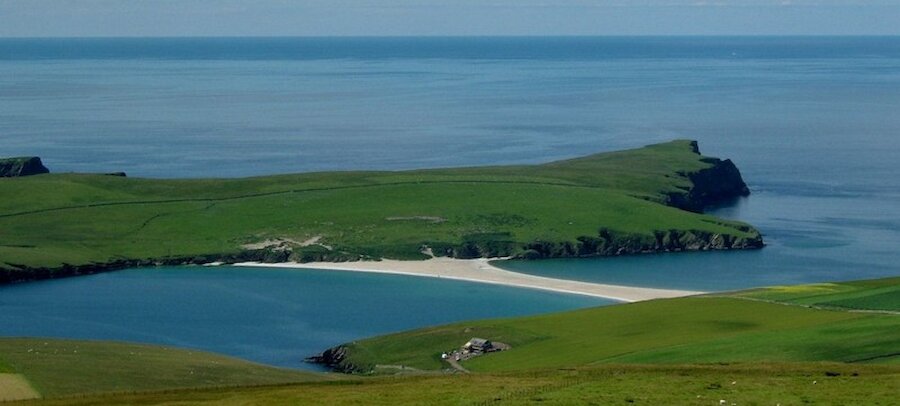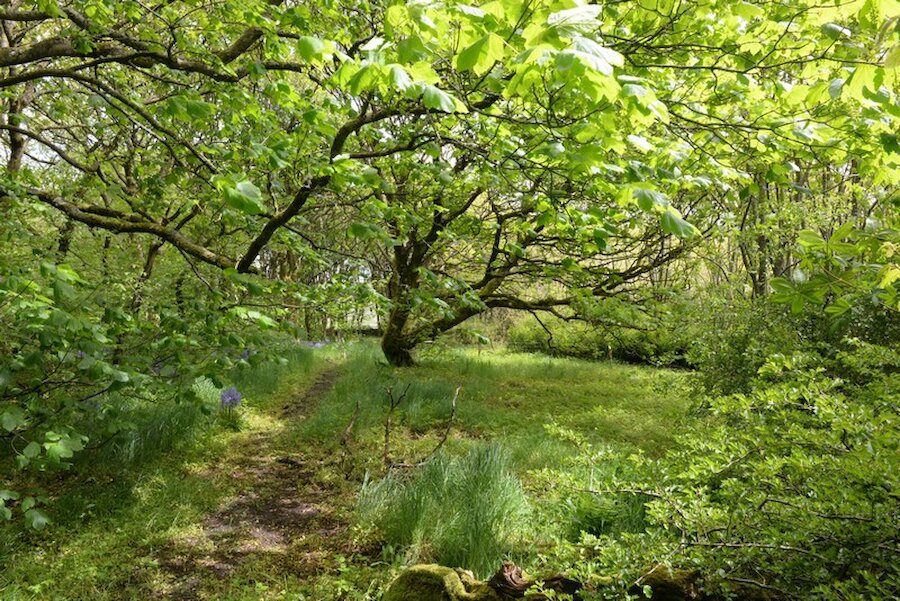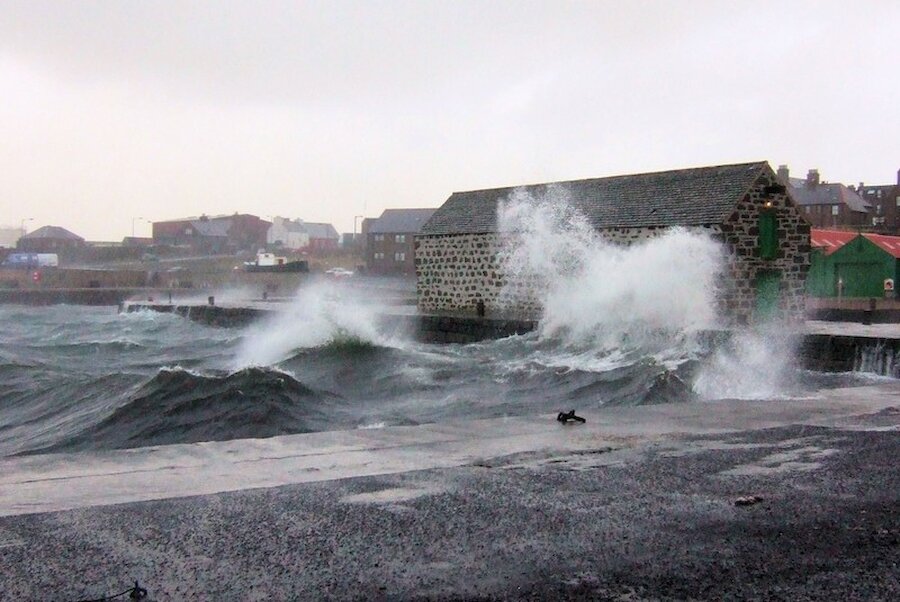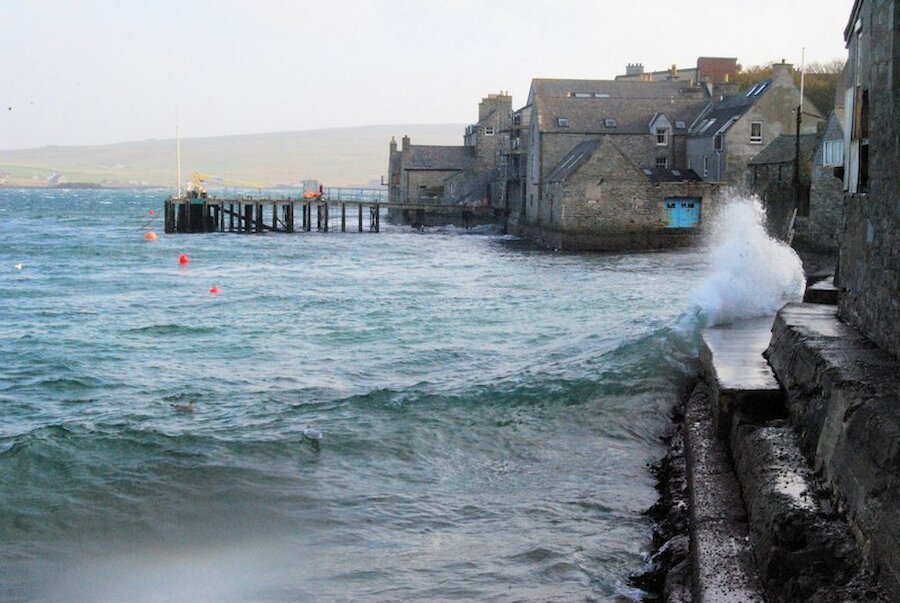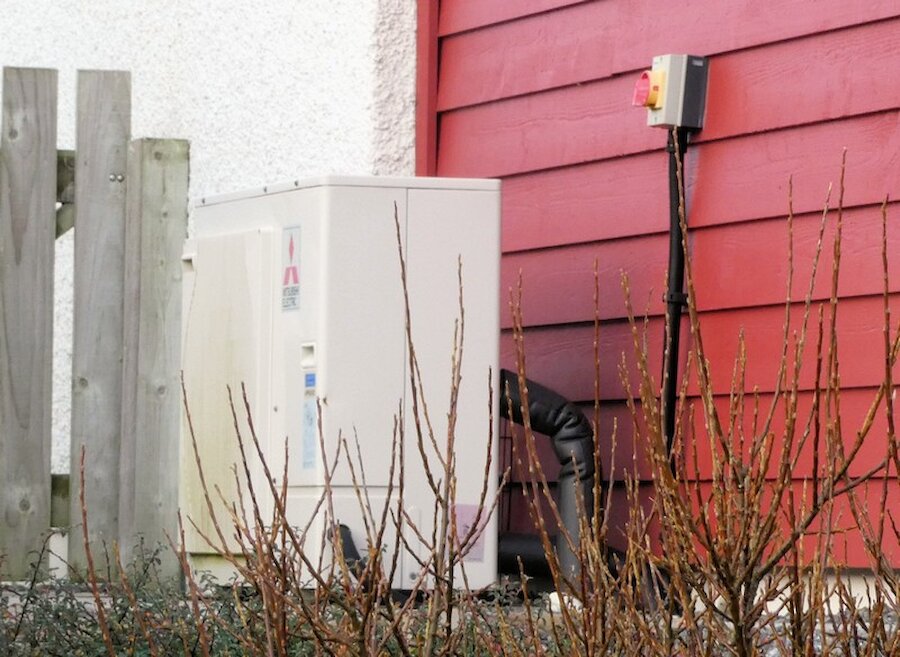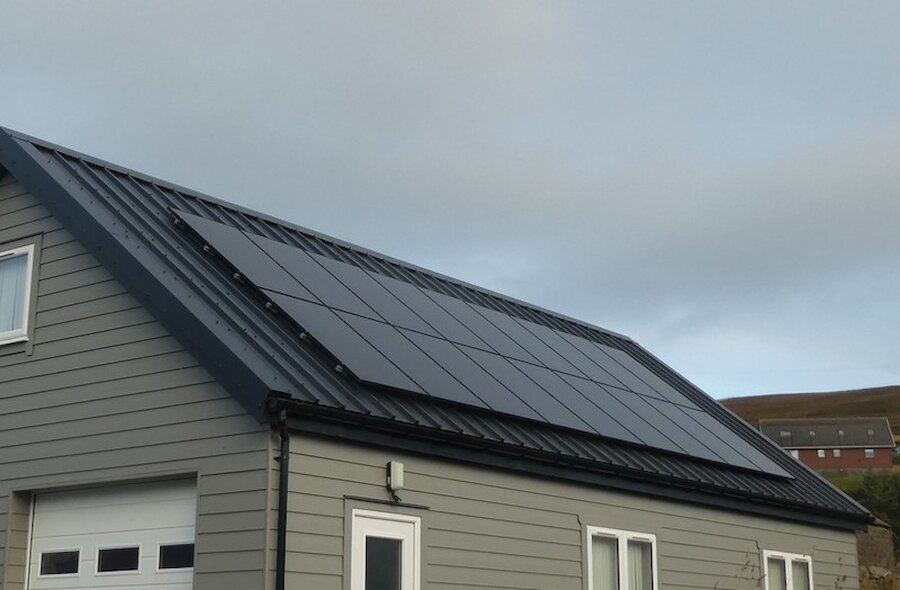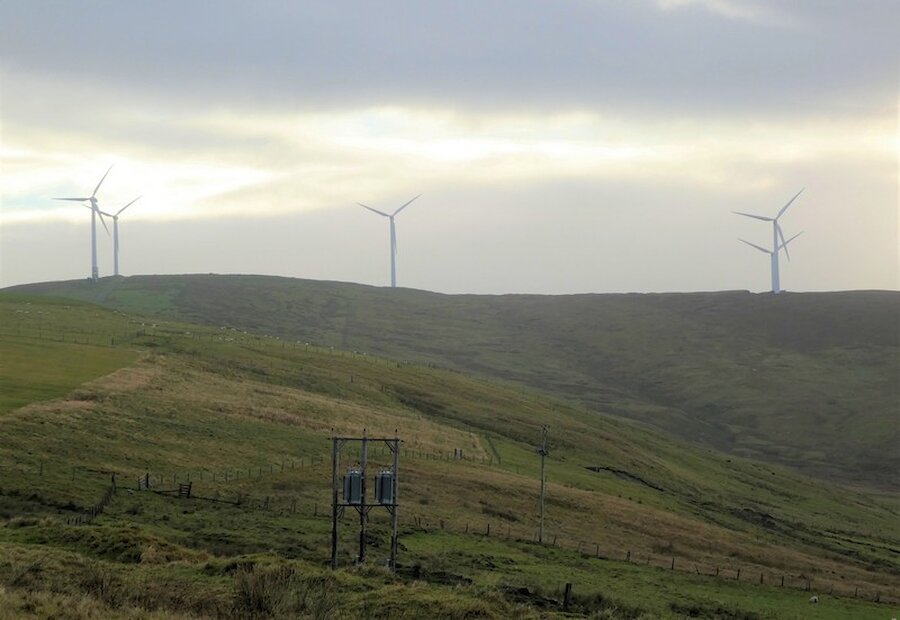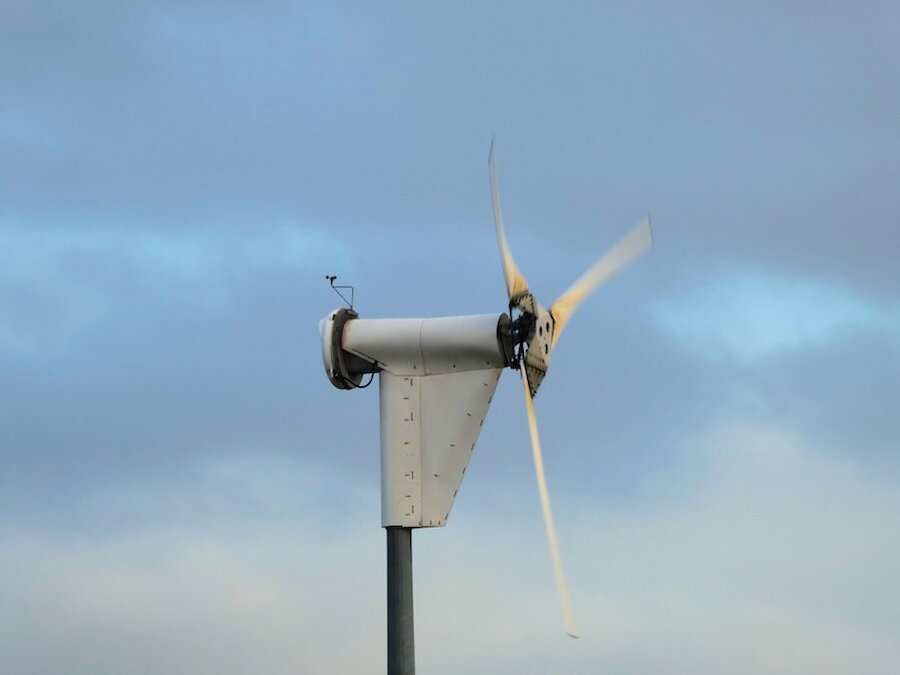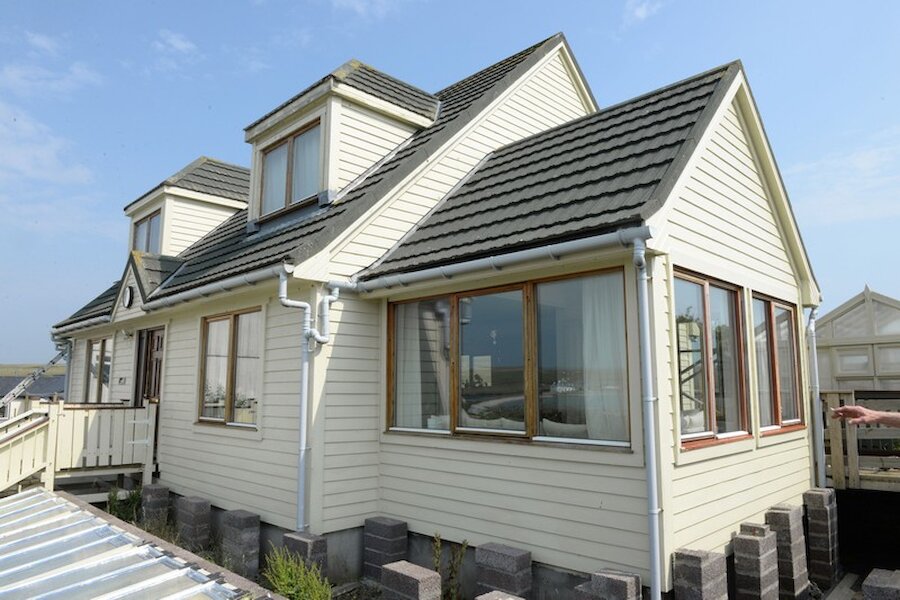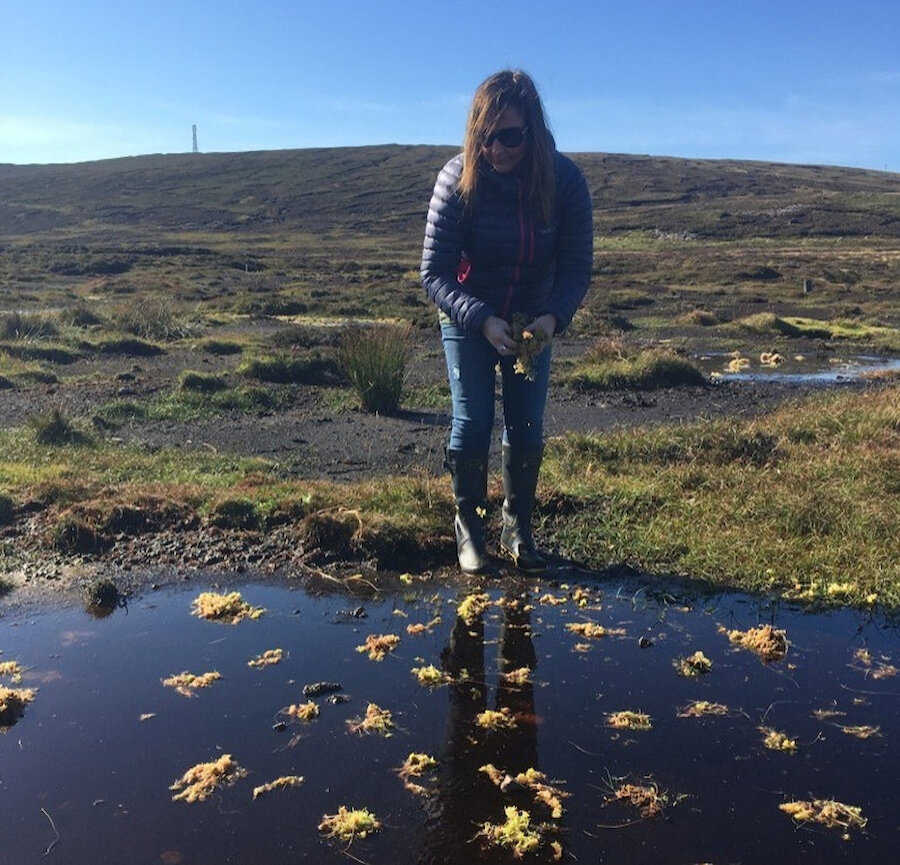Views differ on how effective the Glasgow measures will be; but climate scientists are in almost universal agreement that the evidence for human-induced climate change is overwhelming. Global temperatures are rising in step with increased CO2 emissions, with consequences for weather patterns and the stability of ice-caps and glaciers.
Although reluctant to link any particular event to climate change, climate experts do pay attention to trends and patterns. Their predictions of increasingly frequent climate extremes are being borne out, whether in record temperatures, storminess, or the pace of sea level rise.
When such a debate is playing out on a global stage, these issues can seem remote or abstract; but they’re real, and we in Shetland aren’t immune to the impacts. How is Shetland responding?

